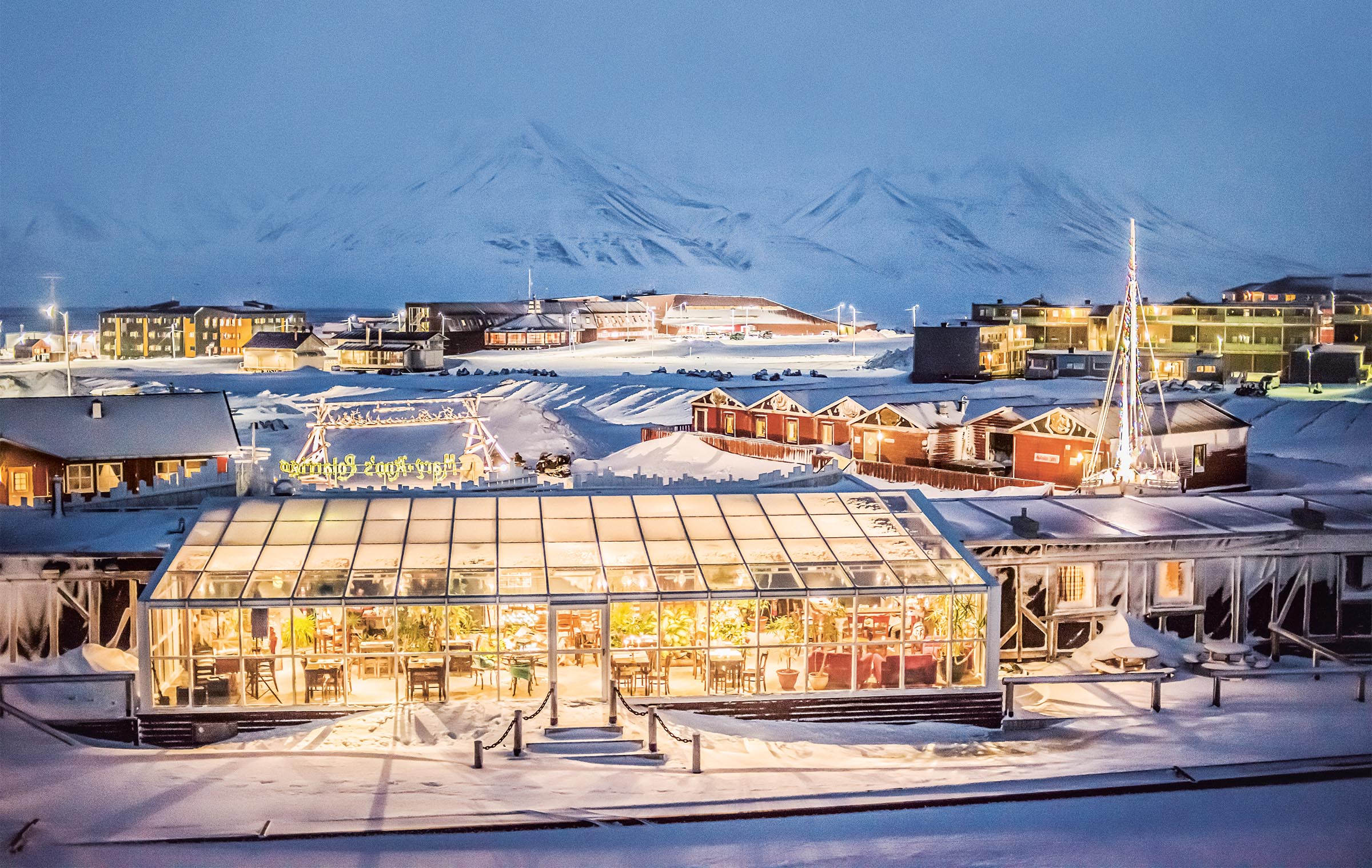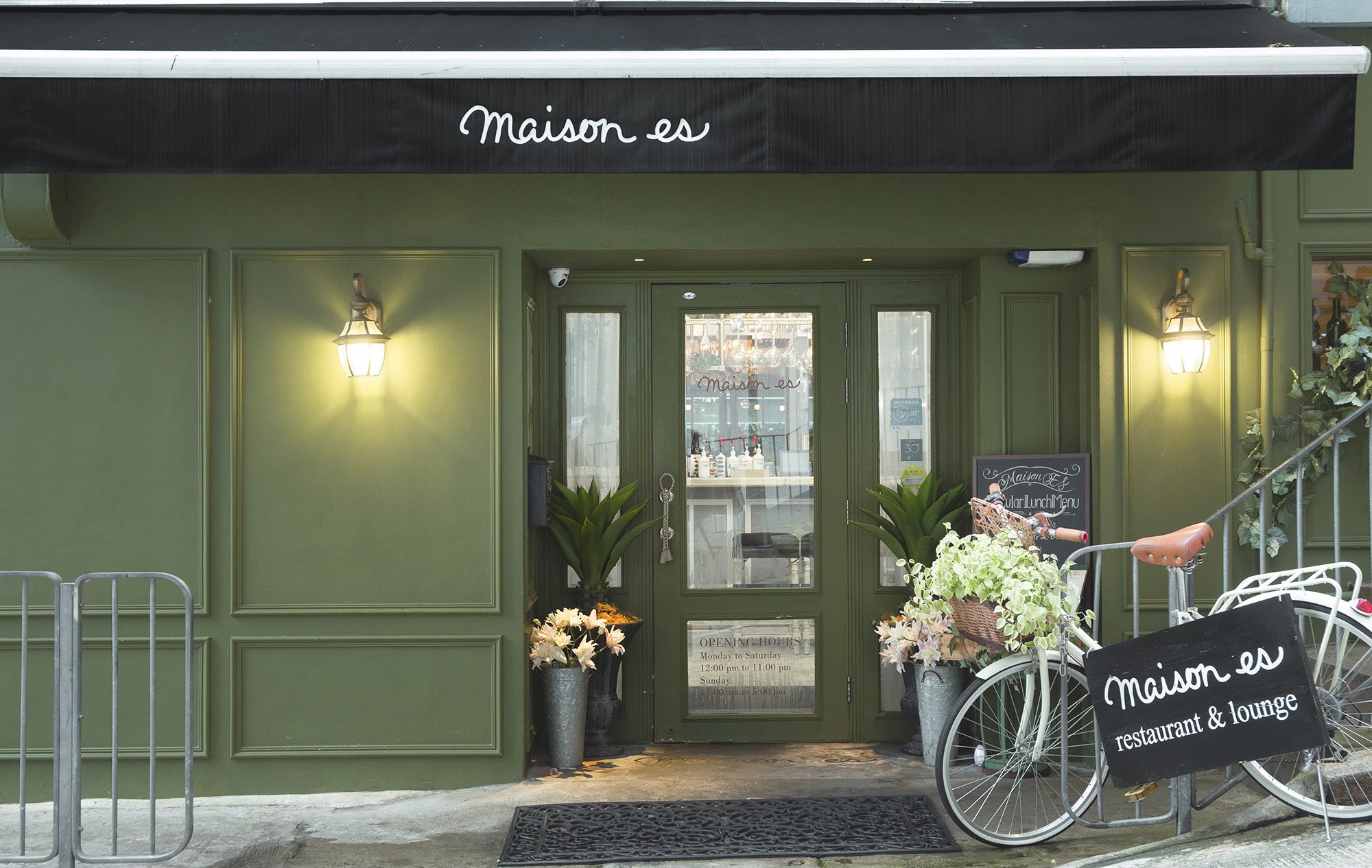The beer is crisp and clean.
As it should be: it’s made from water that has been locked up in a glacier for 2,000 years.
We are in Longyearbyen, the main settlement of Spitsbergen – the only inhabited island in Svalbard, the Norwegian archipelago that’s as far north from Oslo as Oslo is from Spain. Here in northernmost Europe, we are visiting the world’s northernmost brewery.
The gleaming new fermentation tanks at Svalbard Bryggeri already produce 250,000 litres a year but Norwegian owner Robert Johansen plans to double that number.
Like many people who come to Longyearbyen, Johansen, a pilot and a former miner, fell in love with Svalbard when he first visited 28 years ago. His first task was to reverse an outdated law from 1928 that prohibited the brewing of beer on Svalbard. Now, seven years after first applying for a brewing licence, his Spitsbergen beer can be bought to take home or consumed in bars and restaurants around Longyearbyen.
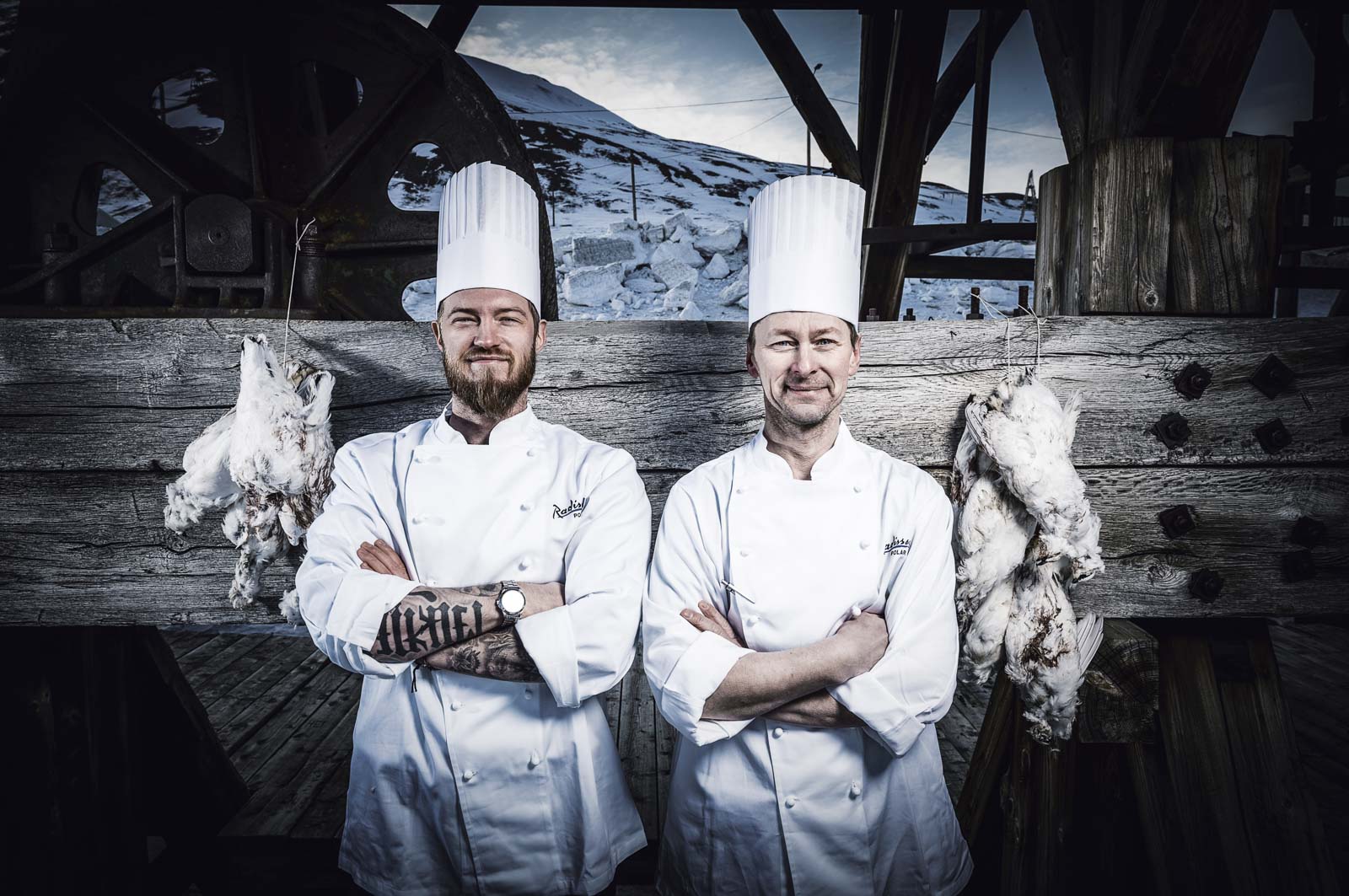
To anyone visiting Svalbard a couple of decades ago, that plural – bars, restaurants – would be a surprise. In those days, what life and entertainment there was to be had was at the youth hostel-ish visitor centre. In terms of retail opportunities, you could buy polar bear posters: and that was about it.
Today, Longyearbyen is proof that there’s no outpost too remote for a foodie to find a market.
In Huset, a restaurant and bar located in the centre of the valley, Svalbard Bryggeri’s stout is also used to make fragrant and chewy sourdough bread. Located in a handsome early 1950s building that has housed everything from a school and a general store to a cinema and a post office, as well as an impromptu church and an emergency hospital, Huset was historically the place where the two worlds – the miners and the officials – of Spitsbergen came together. It’s now part gourmet restaurant and part rustic bistro but also a lively night spot, theatre and cabaret venue.
The restaurant is known for its inventive seven-course seasonal tasting menu paired with wines – wines! – from a 20,000-strong cellar. It has also developed a reputation for making good use of local fauna such as reindeer, grouse, Arctic char, seal and cod. The menu when I visit offers a dish of Lapland reindeer fillets paired with sausages made out of local reindeer hunted by two trappers living in an isolated cabin 100 kilometres north of town.
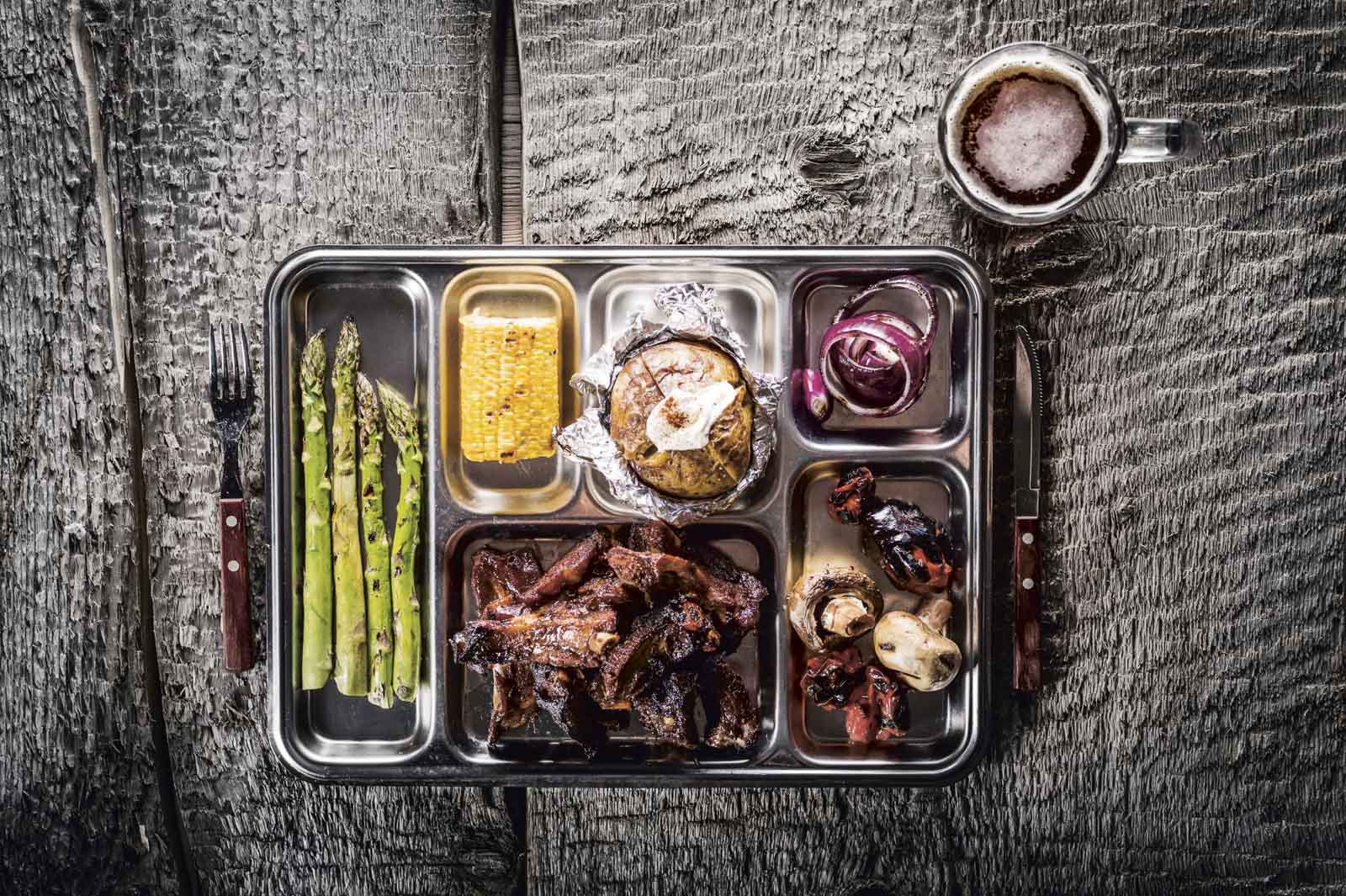
‘The best of two worlds on one plate,’ says Simon Liestøl Idsø, Huset’s head chef. ‘Svalbard reindeer are very different from the mainland variety,’ he explains. ‘They are shorter and have a lot of fat on their backs. The meat is more tender and the flavour more intense.’
With no natural predators (polar bears overheat when chasing on land) Svalbard’s chunky short-legged reindeer have adapted beautifully to the icy climes and vegetation-scant tundra and roam around town in docile fashion. The number of reindeer that can be hunted is strictly controlled. The restaurant never gets more than 20 a year, explains Idsø, while private citizens of Longyearbyen can apply to hunt a maximum of one reindeer per season.
Working in Svalbard can be a challenge. ‘The boat from Tromsø delivering fruit and vegetables only comes every two to three weeks in winter and every three to four weeks in summer,’ says Idsø. ‘So you have to plan everything months in advance. To make the produce last longer we use traditional preserving techniques, such as drying, salting and pickling.’
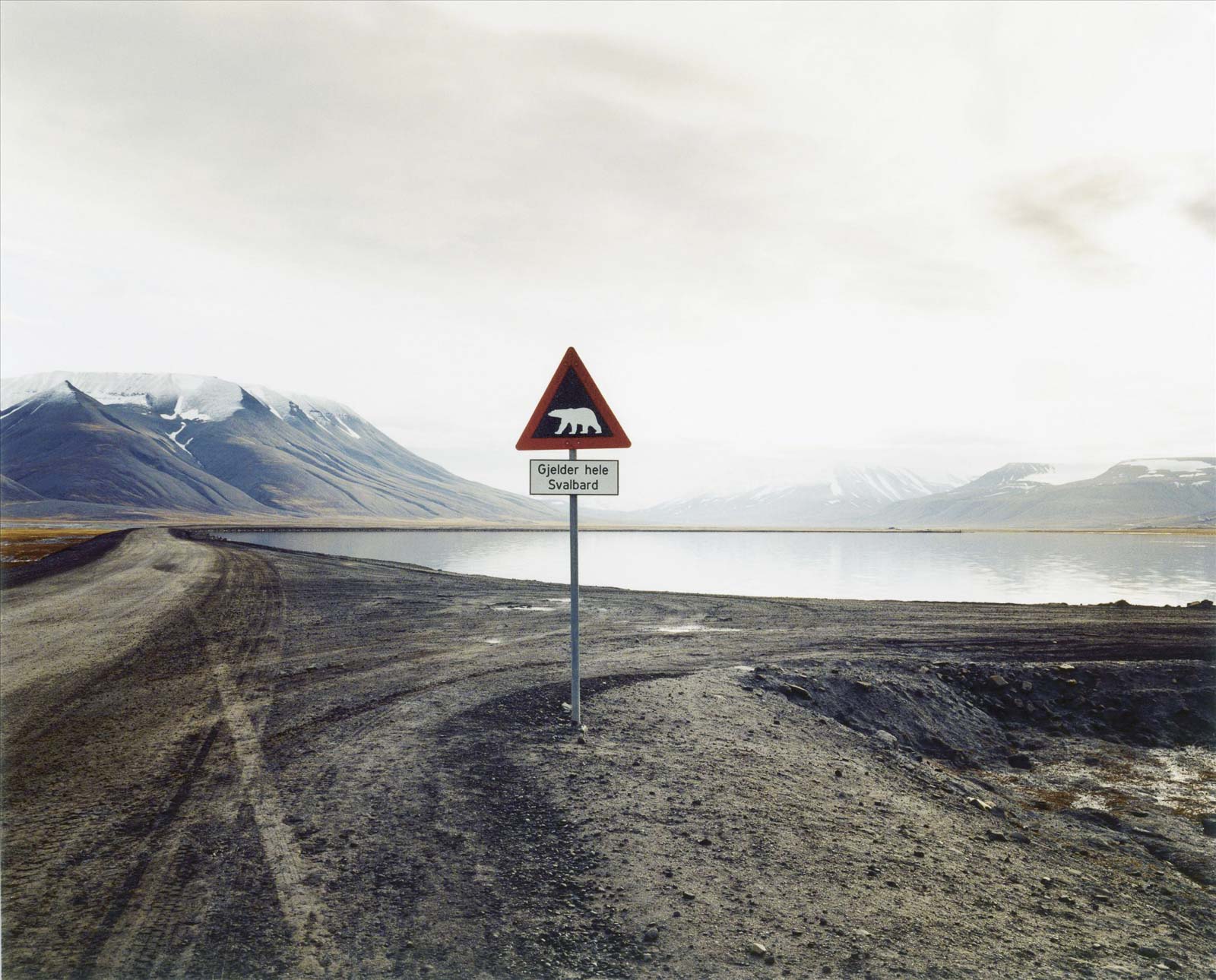
Despite being told that almost nothing can grow here (aside from cloudberries, a hardy berry variety that grows in the Arctic), Ohio-born Benjamin Vidmar tells me this just isn’t true. ‘All over the Arctic people are farming: in Greenland, in parts of Scandinavia, in Siberia,’ says Vidmar, who’s lived in Longyearbyen since 2008 and is currently a chef at the Svalbard Hotel. ‘In Alaska, they actually farm in the permafrost. You have to dig up the earth and let it sit for two years. After that you can farm with it.’
Vidmar grows herbs and decorative plants hydroponically in a basement, as well as collecting food waste (that would otherwise be ground down and thrown out to sea) that he transforms into a rich natural fertiliser with the help of hundreds of hard-working worms. This summer he will install a geodesic greenhouse from Alaska with plans to grow herbs and vegetables inside it. Eventually he hopes to rear pigs, rabbits and chickens, too. ‘The chickens and pigs could eat a lot of the island’s food waste and provide fresh meat and eggs,’ he says. Rather than do it all himself he hopes to start a food-growing movement where people can rent space both in the greenhouse and around it. ‘Look at all this land,’ he says, pointing to the expansive scenery. ‘We have nothing but land here. If we organise ourselves we can really do things.’
After an extraordinary 140-kilometre round trip on snowmobiles to the desolate Russian mining settlement of Barentsburg (rusting mining equipment, crumbling buildings, a dwindling population and Soviet-style murals of workers) we go to a former mining rig in Longyearbyen that has been transformed into a cosy, eccentric hotel and restaurant called Polarrigg. Owner Mary-Ann has decorated the restaurant with a stuffed polar bear erupting through one wall: it’s an intimate cave clad with animal skins and a series of bones in glass cases she says come from the penises of various Arctic creatures.
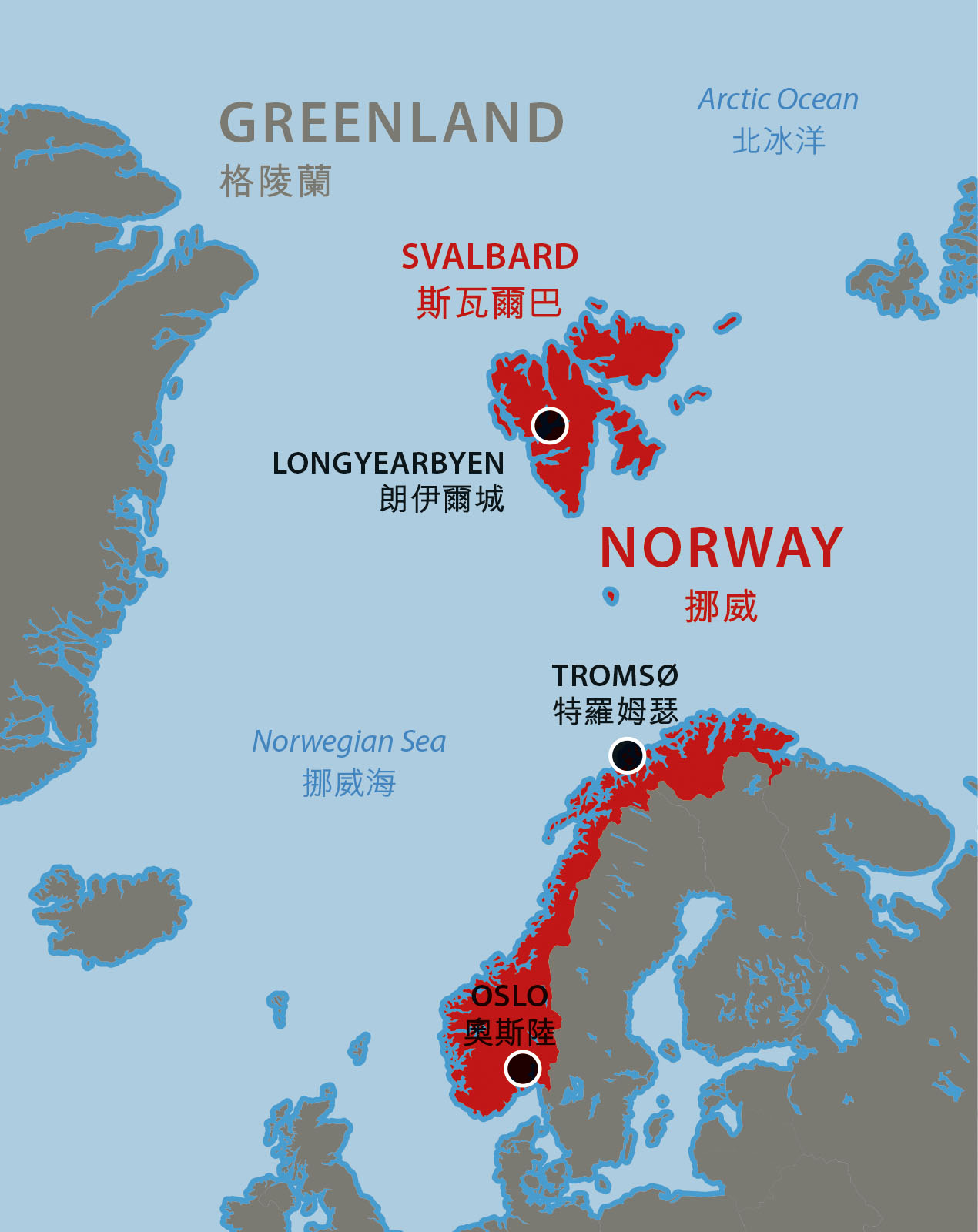
She serves us dish after dish of local specialities: cod tongue balls, which taste and look remarkably like the rest of the cod, just more compact; king crab; the ubiquitous reindeer – and whale steaks.
The Norwegian government permits itself to hunt minke whales as part of a formal ‘objection’ to the International Whaling Commission’s global ban. Restaurants here in the Arctic Circle will offer whale as a local and traditional experience. So as a tourist you have a call to make: me, I chose not to eat whale.
I spend the rest of my stay eating delicious burgers in the Coal Miners’ Cabins, a revamped miners’ barracks, and sampling sandwiches and top-notch cappuccinos in Rabalder, the cosmopolitan café in the town’s new Kulturhus arts centre. Then we take off our snow boots and don leather slippers for a tasting menu at the refined Funktionærmessen, part of the historic Spitsbergen hotel, where the dining room offers panoramic views of the mountains and ‘downtown’ Longyearbyen.
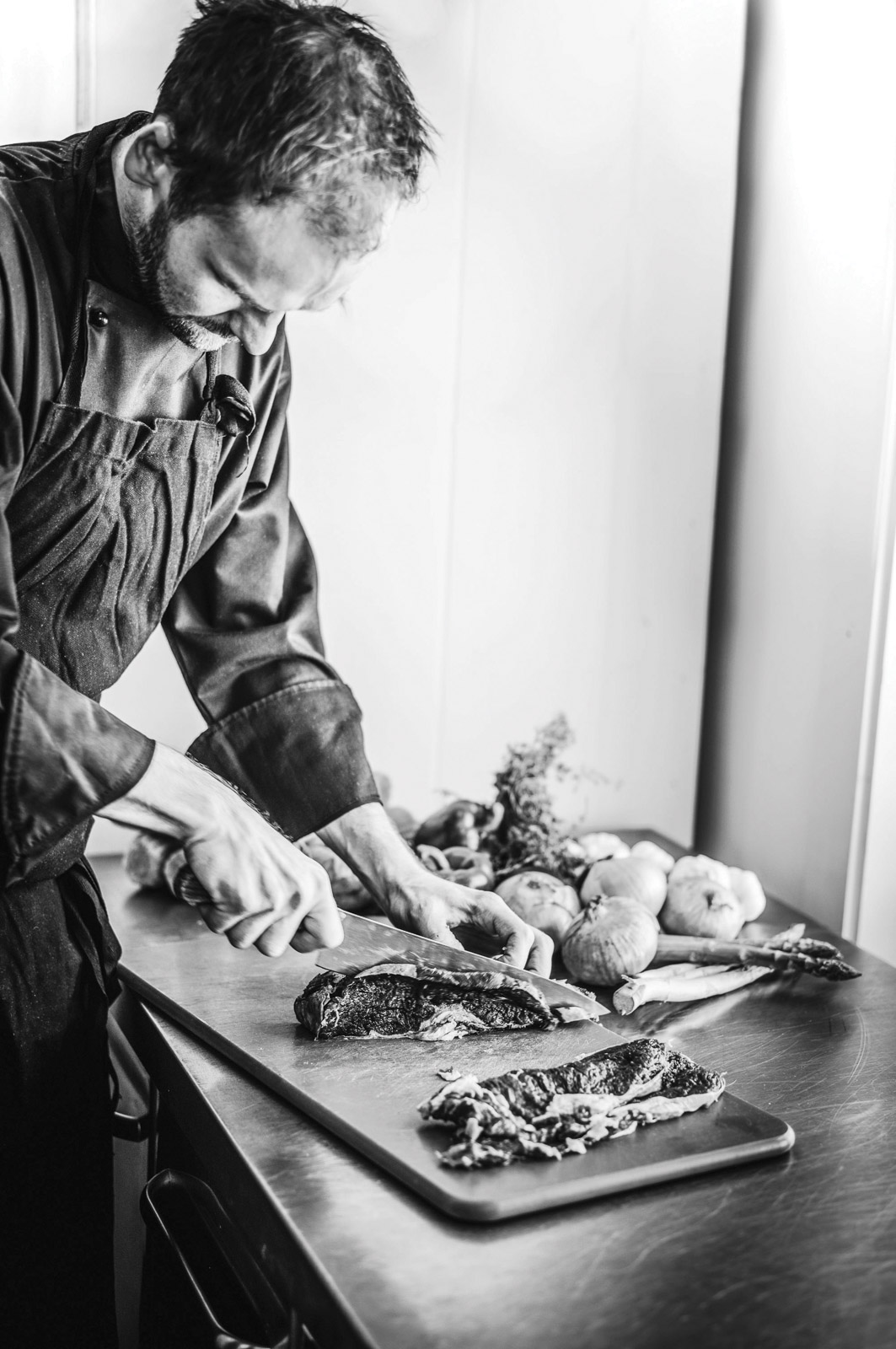
I also try Sushi Kita, the only Japanese restaurant in town. Hidden within Longyearbyen’s only shopping centre, and doubling up as a nightclub after dinner, it is an odd place but its northernmost sushi is better than most and made on the spot by three Japanese women. ‘How big is the Japanese community on Svalbard?’ I ask. ‘You are looking at it,’ is the no-nonsense answer.
I don’t manage to eat in the town’s Thai restaurant, Taste of Thai. It may seem unlikely but the second largest ethnic group in Longyearbyen (after Norwegians) is Thais. The story goes that one Thai woman came as the bride of a miner and her friends and family soon followed, attracted by the good pay and low taxes. The community has grown to around 120, many of whom work in the hotels and restaurants. There’s even a Thai supermarket.
Before we leave we visit an angular concrete portal jutting out of the snow. It is the Global Seed Vault, a kind of insurance policy for humanity.
In the event of global epidemics, manmade or natural disasters or nuclear war, the countries that have made donations will have access to seeds, many of which have been selected for their drought-resistant, future-proof properties. Its first withdrawal happened in 2015, by a Syrian non-profit group whose original seed store near Aleppo was destroyed in the disastrous conflict that’s nearly obliterated the once-magnificent city.
As we head to the city’s small airport at twilight, we’re immersed in a ghostly blue light. The snow-capped mountains, sandy bays and sculptural glaciers appear to be glowing. It’s like nothing I’ve ever seen: a place that seems to inhabit its own special time and place on the planet. And with its store of the natural world’s most precious assets, Svalbard really is a kind of sanctuary.

Living, eating and staying in Svalbard
Svalbard’s northerly latitude (78°N) means it is covered in snow for eight months of the year, enveloped in constant darkness (polar night) from mid-November until the end of January and bathed in around-the-clock daylight (midnight sun) from late April to late August. Polar bears outnumber humans. Leaving the main settlement of Longyearbyen is not advisable without a rifle or a guide – preferably both. The light and weather can change from one moment to the next, making it hard to tell the difference between sky and land and erasing any sense of direction.
Yet Svalbard is also remarkably accessible. It can be reached by plane from Oslo or Tromsø in Norway almost every day of the year; and with the demise of mining, the archipelago’s dominant commercial activity since the early 20th century, it’s focusing increasingly on tourism – last year there were more than 10 per cent more visitors than the year before. It’s also cosmopolitan, thanks to an international treaty that means the citizens of 43 nations can live and work here without visas and engage in commercial or scientific activities.
NEED TO KNOW
Radisson Blu Polar Hotel
Spitsbergen
radissonblu.com
Coal Miners’ Cabins
spitsbergentravel.com/start/accommodation/coalminerscabins
Mary-Ann’s Polarrigg
polarriggen.com
Funktionærmessen
spitsbergentravel.com/start/food/funktionarmessen-restaurant
Huset
huset.com
Rabalder
spitsbergentravel.com/start/food/rabalder-kulturkafe
Sushi Kita
visitsvalbard.com/en/sushi-kita
For more information on planning a trip to Svalbard, go to visitnorway.com, northernnorway.com and visitsvalbard.com



